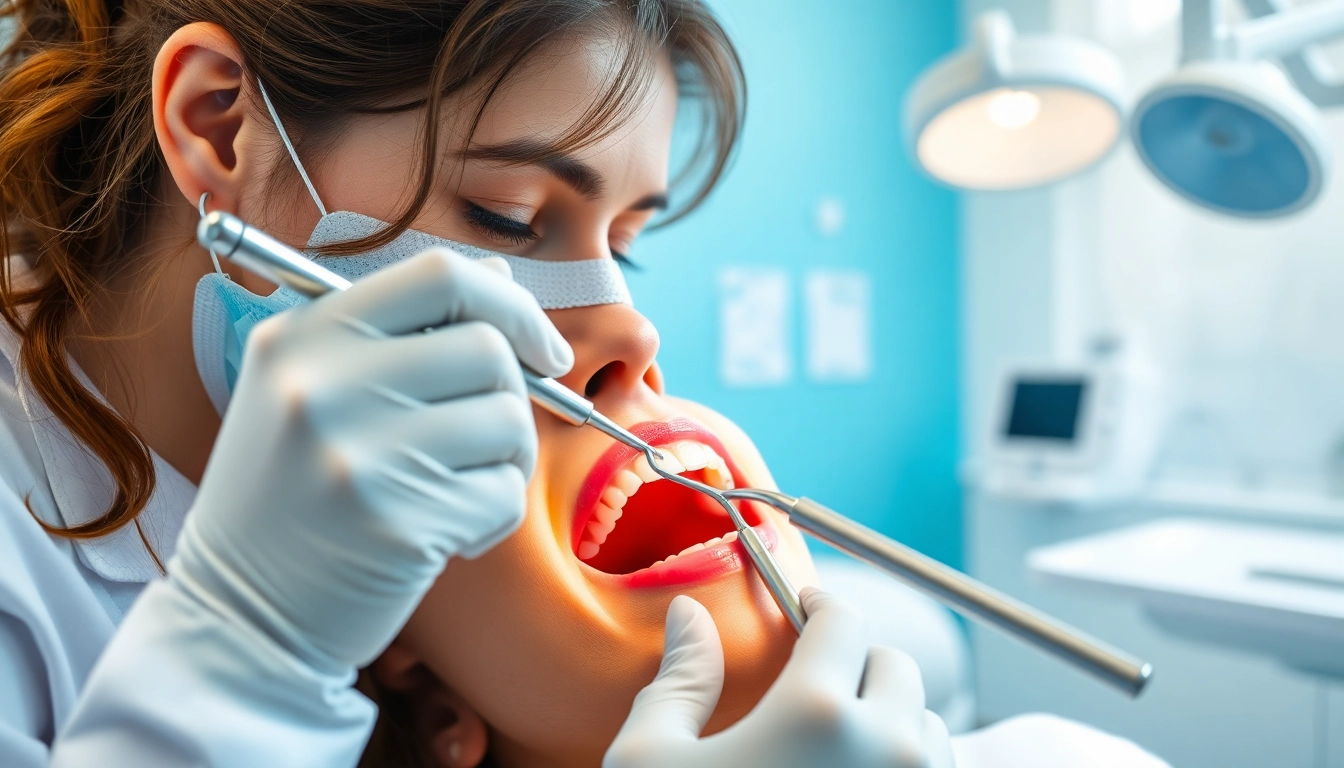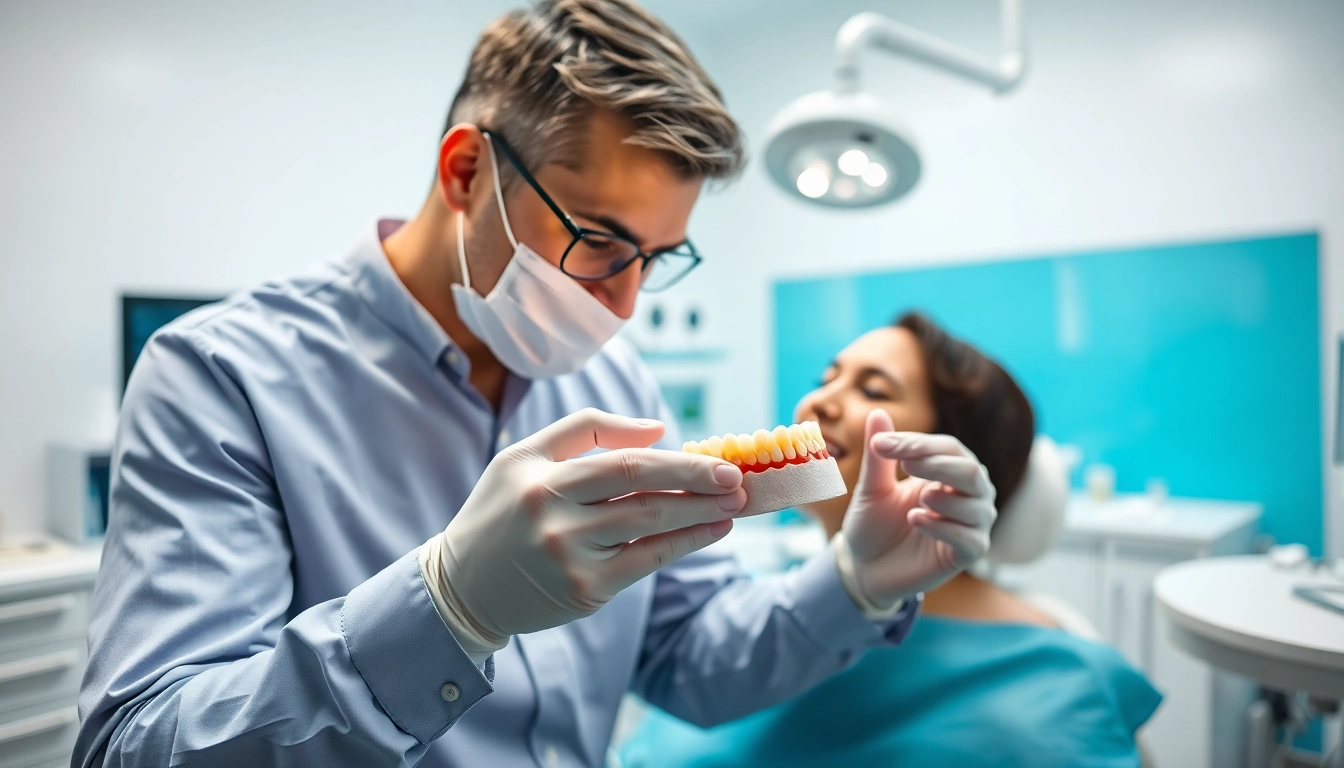What Are Dental Cleanings?
Definition and Purpose of Dental Cleanings
Dental cleanings are professional procedures performed by dental hygienists or dentists to maintain oral health by removing plaque, tartar, and bacteria from the teeth and gums. This proactive oral hygiene practice plays a crucial role in preventing dental diseases, such as cavities and gum disease. By removing the hard deposits that accumulate on the teeth over time, dental cleanings contribute to a healthier smile and overall well-being. Regular dental cleanings ensure effective oral care that goes beyond what a standard at-home routine can achieve.
The Importance of Routine Cleanings for Oral Health
Routine dental cleanings are essential for maintaining long-term oral health. The American Dental Association recommends that individuals visit their dentist for professional cleanings at least twice a year. This frequency helps to mitigate the risks of developing serious conditions such as periodontal disease, which can lead to tooth loss if left untreated.
During these cleanings, dental professionals not only remove plaque and tartar but also assess the condition of the gums and the overall health of the teeth. This monitoring allows for the early detection of potential issues, enabling timely intervention before they escalate into significant problems.
How Often Should You Get Dental Cleanings?
Most dental professionals recommend scheduling dental cleanings every six months. However, some individuals may require more frequent visits based on their unique oral health needs. For instance, those with a history of gum disease or high cavity rates may need to visit the dentist every three to four months. It’s essential to consult with your dental care provider to determine the best schedule for your needs.
The Process of Dental Cleanings
Step-by-Step Overview of the Cleaning Procedure
The dental cleaning process typically involves several steps to ensure a thorough cleaning and examination:
- Patient Assessment: The hygienist will begin with a review of your dental and medical history. A brief examination of your mouth will also be conducted.
- Scaling: Using specialized tools, the hygienist will perform scaling to remove plaque and tartar from the surfaces of your teeth, especially in hard-to-reach areas.
- Polishing: This step involves using a gritty toothpaste and a high-powered electric toothbrush to polish the teeth further, removing surface stains and making the teeth smoother.
- Flossing: The hygienist will floss between your teeth to ensure the removal of any remaining plaque and debris.
- Fluoride Treatment: Often, a fluoride treatment is applied to help strengthen the enamel and prevent cavities.
What Tools are Used During Dental Cleanings?
Dental hygienists use a variety of tools during a cleaning procedure, each designed for specific tasks:
- Scaler: This instrument helps in the removal of plaque and tartar from the tooth surface.
- Ultrasonic instruments: These devices use high-frequency vibrations to break up plaque and tartar, making the cleaning process more efficient.
- Polisher: The polisher, paired with gritty toothpaste, smoothens the tooth’s surface after scaling.
- Floss: Regular dental floss or floss picks are used to clean between the teeth.
The Role of the Dental Hygienist
Dental hygienists are vital to the process of dental cleanings. They are trained professionals who not only perform the cleaning but also educate patients about oral hygiene practices. They can provide insights on proper brushing and flossing techniques and make personalized recommendations tailored to each individual’s needs. Their expertise is crucial in creating a supportive environment that encourages patients to take charge of their oral health.
Types of Dental Cleanings Explained
Regular Cleaning vs. Deep Cleaning
Dental cleanings can generally be categorized into two main types: regular cleaning (also known as prophylaxis) and deep cleaning (or scaling and root planing).
Regular Cleanings: These are the standard cleanings performed for patients with healthy gums and teeth. The main goal is to remove plaque and tartar buildup from the visible surfaces of the teeth above the gum line.
Deep Cleanings: This procedure is recommended for individuals with gum disease. It involves cleaning below the gum line to remove tartar buildup from the roots of the teeth. Deep cleanings require more time and may be performed over multiple visits. They aim to promote healing in the gums and prevent further deterioration of dental health.
Specialized Cleanings for Gum Diseases
For individuals diagnosed with gum diseases such as gingivitis or periodontitis, specialized cleanings are crucial. These cleanings involve more than just the removal of plaque and tartar; they also focus on deep cleaning the pockets around the teeth where bacteria thrive.
Treatments may involve:
- Scaling and Root Planing: This is a non-surgical procedure that carefully removes plaque and tartar from tooth surfaces and smooths the roots to help the gums reattach more firmly.
- Antibacterial treatments: These may be applied post-cleaning to reduce bacteria in the mouth.
Preventive Care through Regular Cleanings
Preventive care through regular dental cleanings is essential for safeguarding dental health. The early detection of cavities and infections can save a patient from more complex procedures in the future. For many individuals, regular dental cleanings can significantly reduce the risk of serious diseases and preserve their smile for years to come.
Benefits of Regular Dental Cleanings
How Dental Cleanings Prevent Cavities and Gum Disease
One of the most significant benefits of regular dental cleanings is their role in preventing cavities and gum disease. By effectively removing plaque and tartar, dental cleanings halt the progression of decay and gum damage. Plaque, if not addressed, hardens into tartar, which can only be removed by a professional. This buildup can lead to cavities and infections that necessitate more invasive treatments, including root canals or extractions if left untreated.
The Link Between Dental Health and Overall Health
Emerging research increasingly underscores the connection between dental health and overall health. Poor oral hygiene and dental diseases have been linked to various systemic health issues, including cardiovascular diseases, diabetes, and respiratory infections. Routine dental cleanings help mitigate these risks by ensuring that oral bacteria are cleared, potentially reducing inflammation that can exacerbate these conditions.
Cosmetic Benefits of Professional Cleanings
In addition to health benefits, dental cleanings also offer cosmetic advantages. Regular cleanings can enhance the brightness of your smile by removing stains caused by food, drinks, and tobacco use. A polished, clean smile can significantly boost self-confidence and overall quality of life.
Common Concerns About Dental Cleanings
Addressing Pain and Discomfort During Cleanings
Many patients express concerns about potential pain and discomfort during dental cleanings. While some degree of sensitivity can occur, particularly during deep cleanings, there are ways to mitigate discomfort. Dental hygienists often employ gentle techniques and provide numbing gel for areas requiring deeper cleaning. Furthermore, open communication about any discomfort allows the hygienist to adjust their approach.
What to Know if You’re Anxious About Dental Visits
Dental anxiety is a common issue that affects many individuals. Several strategies can help ease this anxiety:
- Discuss Your Fears: Speak openly with your dental hygienist about your concerns. They can provide reassurance and adjust their techniques accordingly.
- Bring a Friend: Having a supportive friend or family member accompany you can make a significant difference in your comfort levels.
- Practice Relaxation Techniques: Breathing exercises and visualization can help alleviate anxiety before and during your appointment.
Myths vs. Facts About Dental Cleanings
Many myths surrounding dental cleanings can perpetuate fear or misunderstandings. Common myths include:
- Myth: Dental cleanings are painful. Fact: While some discomfort may be felt, especially during deep cleaning, most patients find cleanings to be manageable and beneficial.
- Myth: You only need a cleaning if you have problems. Fact: Preventive care through regular cleanings is essential for everyone to maintain oral health.
Awareness and education can empower patients to make informed decisions about their dental care and the necessity of regular dental cleanings.















Leave a Reply